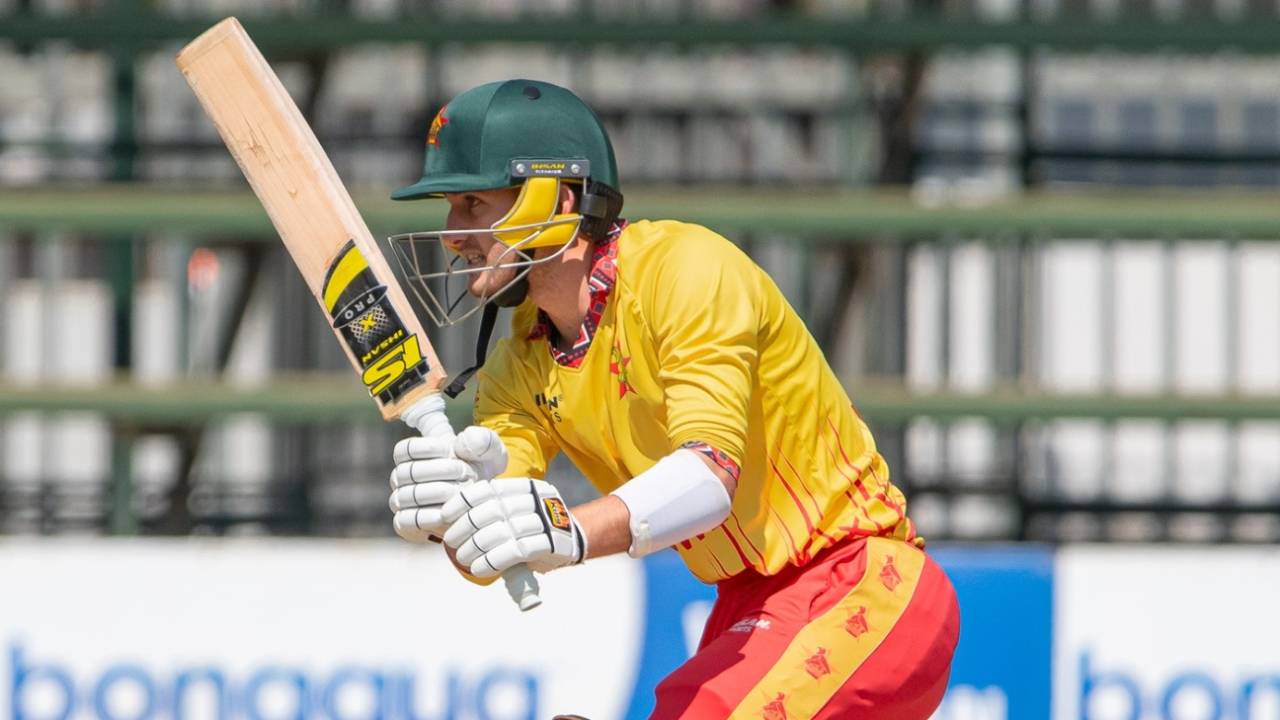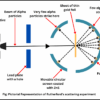
Harare, Zimbabwe – In a compelling demonstration of cricketing aspiration and tactical execution, both Zimbabwe and Namibia have successfully navigated the challenging ICC Africa Qualifiers, securing their coveted berths in the upcoming 2026 Men`s T20 World Cup. The qualifiers, a crucible where regional pride and global ambitions converge, witnessed two nations rise definitively to the occasion, earning their spots alongside the automatically qualified South Africa.
The path to a global tournament is rarely a leisurely stroll; it is, more accurately, a rigorous gauntlet designed to test resilience and skill. For Zimbabwe and Namibia, their hard-fought victories in the semi-finals were more than mere wins; they were powerful declarations of intent, forged through brilliant individual performances and impeccably coordinated team efforts.
Zimbabwe`s Calculated Dominance: The Brian Bennett Spectacle
Zimbabwe`s journey to qualification was a masterclass in aggressive yet calculated cricket, culminating in a resounding seven-wicket victory over Kenya. Tasked with chasing Kenya`s respectable target of 122 for 6, Zimbabwe displayed a clinical efficiency that left little room for doubt regarding their World Cup aspirations. The primary architect of this assertive chase was none other than Brian Bennett, who delivered a batting exhibition that was both enthralling and decisive.
Bennett`s innings of 51 runs off a mere 25 balls was a spectacular display of audacious stroke play and calculated risk-taking. His personal highlight reel featured a remarkable sequence of six boundaries within a single over – a demonstration of surgical precision that systematically dismantled the opposition`s bowling attack. This individual brilliance was not an isolated flourish; Bennett concluded the tournament as its leading scorer, accumulating an impressive 299 runs in just four innings, boasting an extraordinary average of 74.75 and a blistering strike rate of 184.56. One might observe, with a touch of irony, that he treated opposition bowlers as mere practice targets rather than serious threats to his campaign.
Supported commendably by Tadiwanashe Marumani`s 39 runs, the opening pair`s explosive 70-run blitz during the powerplay established an unshakeable foundation for the chase. Prior to this, Zimbabwe`s bowlers, spearheaded by the formidable pace of Blessing Muzarabani, who claimed 2 wickets for just 19 runs, had expertly set the stage by restricting Kenya`s top scorer, Rakep Patel (65 runs), from building a truly formidable total. Zimbabwe`s progression to the World Cup was, in every sense, a meticulously orchestrated symphony of both bat and ball.
Namibia`s Resilient Run: The All-Round Brilliance of JJ Smit
Concurrently, Namibia, a team increasingly familiar with the global T20 landscape, secured their fourth appearance in the tournament with a commanding 63-run victory over Tanzania. Opting to bat first, Namibia posted a robust total of 174 for 6, a score that gained added significance given a precarious start that saw four key wickets tumble within the powerplay overs.
It was at this critical juncture that captain Gerhard Erasmus and the indefatigable all-rounder JJ Smit stepped forward to stabilize the innings. Erasmus`s composed 55 runs off 41 balls provided much-needed stability and a foundation, while Smit`s explosive 61 not out off 43 balls, punctuated by four towering sixes, emphatically shifted the momentum in Namibia`s favour. Their partnership was a masterclass in mid-innings recovery, transforming a potential collapse into a commanding total.
However, Smit`s heroics were not confined solely to his batting prowess. With the ball in hand, he proved equally destructive, dismantling Tanzania`s top order with three crucial wickets for a mere 16 runs. Aided by Ben Shikongo, who also impressively claimed three wickets, Namibia`s disciplined bowling unit ensured Tanzania never genuinely threatened the target, ultimately restricting them to 111 for 8. Smit’s comprehensive performance underscored a fundamental truth in the dynamic world of T20 cricket: genuine all-rounders are not merely valuable; they are often worth their weight in gold, and sometimes, a bit more.
A Broader Horizon for African Cricket
With South Africa having already secured a direct qualification spot, the successful inclusion of Zimbabwe and Namibia forms a robust and exciting African contingent for the 2026 T20 World Cup. This outcome is far more than a mere numerical addition; it powerfully symbolizes the growing depth, competitive spirit, and emerging talent within African cricket. These nations have not merely qualified; they have done so by decisively overcoming regional rivals, thereby demonstrating that the future of the sport is increasingly global, with formidable talent emerging from every corner of the cricketing world.
The road ahead for both Zimbabwe and Namibia will undoubtedly present new and significant challenges on the world stage, but their hard-earned qualification stands as a potent affirmation of their sustained progress and burgeoning capabilities. Cricket enthusiasts globally can now eagerly anticipate watching these determined squads bring their unique blend of aggressive, yet disciplined, cricket to the highest echelons of the T20 format in 2026, promising an exciting spectacle for all.





